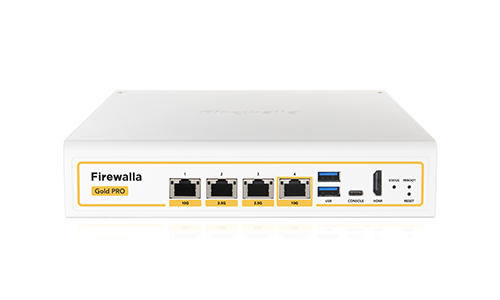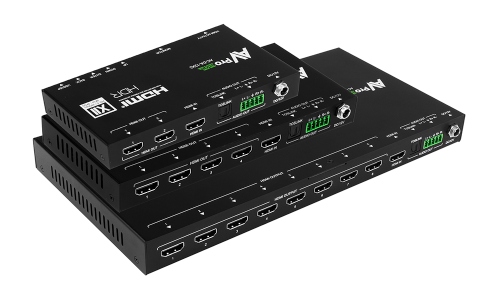We all know that is difficult enough to keep up with market demands, technical challenges, and operational considerations related to our businesses. The impact COVID-19 has had on supply chains and workforces has been significant, to say the least. Demand for products in many market segments, particularly consumer electronics, has remained very high and my go-to audio stores have told me that they have experienced banner years. Maybe this is attributable to people spending more time at home and getting “upgradeitis” – which I experience at least once a year!
While you have all been busy adjusting to market conditions and demand, it is important to not lose sight of a few strategies that might be available to you. Here are just a few examples:
Employee Retention Credits and Research & Development Tax Credits
If your business experienced lost revenue or if you partially or completely suspended operations related to an official COVID-19 shutdown order, you may be eligible for per-employee tax credits in the amounts of $5,000 and $28,000 respectively for 2020 and 2021. These credits are based on a series of calculations based on quarterly financial performance and other factors.
If you have engaged in new product or process development, improvement of an existing product or process, or the development of prototypes, a large part of the expenses related to these activities (payroll-related) can be considered Qualified Research Expenditures (QRE) and would be used to calculate the R&D tax credits. I really enjoy speaking to clients about R&D tax credits because every business is unique and during our initial evaluations, our clients come to realize very quickly that many more activities they perform actually qualify as QREs than what they initially thought!
Real Estate Can Help Reduce Income Taxes
If you own real estate or have undertaken significant improvements as a tenant, consider cost segregation studies as an effective way to reduce federal and state taxes income taxes. A cost segregation study will enable you to identify certain interior and exterior improvements that are eligible for accelerated depreciation.

What Happens When Crime Prevention Meets AI (And Why We Can’t Rely on AI Alone)
In an era where crime continues to evolve, relying solely on AI-based solutions proves insufficient in preventing sophisticated threats and false alarms. The webinar will emphasize the paramount importance of human judgment and intuition in tandem with AI technology to create a truly complete security solution. Our session will explore how Deep Sentinel’s revolutionary approach combines the best of both worlds—advanced artificial intelligence and the presence of highly trained human guards. Together, these elements create an unparalleled level of protection for residential and commercial properties alike. Join our panel of esteemed lighting experts that will dive into why it’s time for integrators to rethink their role in the outdoor lighting industry. Register Now!As an example, a recently acquired building with a purchase price of $1,000,000 (net of land) could provide you with a first-year deduction of $200,000 or more depending on the property type. If you were not aware of this strategy, all is not lost as you can conduct what is called a “look-back” study without having to file an amended tax return!
Also, if you have undertaken energy upgrades such as lighting and HVAC, you might qualify for a tax deduction of up to $1.80 per square foot by having a study performed by a qualified firm under the 179D Commercial Buildings Tax Deduction. The study involves comparing your building’s performance to a reference building in order support taking the deduction.
When it comes to building improvements, there is comprehensive guidance from the IRS as to how to treat capital expenditures. Depending on facts and circumstances, many big-ticket items can be expensed as opposed to being depreciated over 39-years. These expense deductions generate immediate tax benefits!
These strategies are just a few things to think about as part of your overall tax planning. We all know that “Cash is King” – hopefully some of these ideas will help you keep more of it!
Greg Bryant is Senior Managing Director of Source Advisors, a national specialty consulting firm that works with business owners and their CPAs, providing Cost Segregation, R&D Tax Credit, Energy, LIFO and Employees Retention Credit services. Greg can be reached at [email protected] if you would like to learn more.
If you enjoyed this article and want to receive more valuable industry content like this, click here to sign up for our digital newsletters!





 (Image Credit: By Rawpixel.com/stock.adobe.com)
(Image Credit: By Rawpixel.com/stock.adobe.com) 



